Japan: Kyoto
Author: Samuel Peterson
Date Published
2018-05-01 (ISO 8601)
73-05-01 (Post Bomb)
<<< Prev: Aizu | Next: Tokyo >>>
The second destination on our itinerary was Kyoto, a city which is really best thought of as one tri-city metropolitan area called the Keihanshin, which consists of Kyoto, Osaka, and Kobe. It was the Japanese imperial capital for many centuries, and the attention given to its beauty is evident. Some excellent parks, shrines, and temples grace the city, along with a formidable looking castle called Nijojo.
The places we visited were: the Bamboo Grove at Arashiyama, the monkey park at Arashiyama, the Inari Shrine, Nijo Castle, and the Nishiki market.
Lodging
Before I get into any of our excursions, our lodging begs some mention. We booked a small guest house through airbnb. Apart from the electrical appliances, the house was straight out of the Edo-Period. A small table, a dresser, and a TV sand were all the pieces of furniture in the house. The floors were of tatami, which gave the interior a nice feel. It also sported the most perilously steep set of stairs I have ever seen; the steps may have only been 6 inches in depth -- only the balls of my feet could fit on them, and going doing required a strange sideways and deliberate gate.
The novelty of the place would have been neat for two adults, but Elliott's presence made it somewhat terrifying. I was certain he was going to electrocute himself, or break his neck on the stairs when our backs were turned.
Arashiyama
During our first day in Kyoto, we visited the park-lands near mount Arashiyama. In particular we visited the Bamboo Grove, and the monkey park.
The bamboo grove was just that, a dense grove of well matured bamboo with a path running through it. I found the distinctive sound of the bamboo leaves rustling in the breeze, and the light green transformation of the incident sunlight through the canopy to be very pretty.
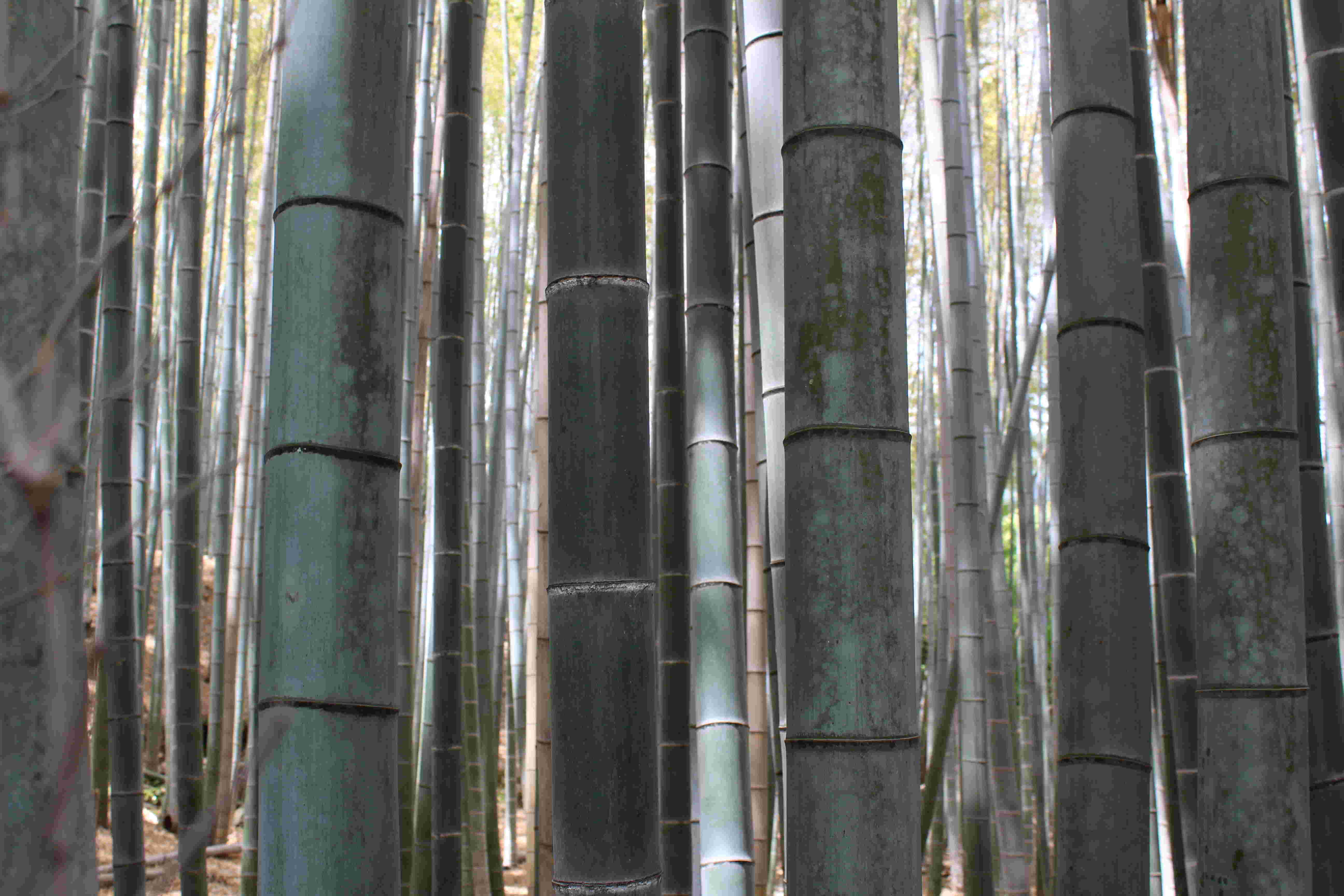
A close-up of the bamboo grove
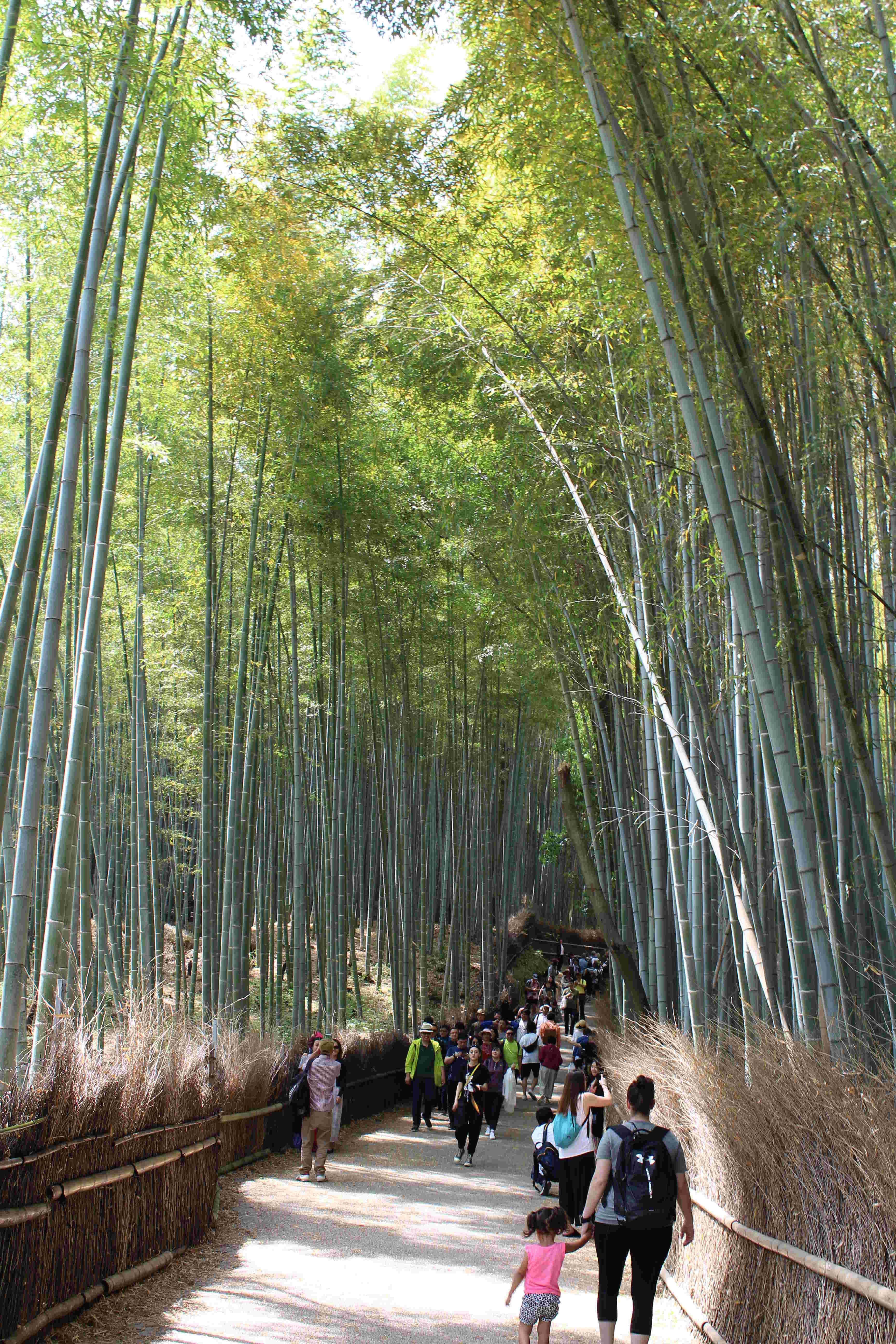
The bamboo path
Although I thought the bamboo grove was a nice site, I think that it would be prettiest in the either the morning or evening hours. A quick search of images under the query "Bamboo Grove Arashiyama" should give you some nice professional photos which illustrate the point.
After lunch by the Katsura River, we headed off to the Iwatayama monkey park. The park is located on Mt. Arashiyama overlooking the Kyoto area. 170 or so Japanese Macaques live there, un-caged, and they hang around a small park HQ where hikers can go and purchase bags of food with which to feed the monkeys.
I happen to have a distaste for other species of primates, but these animals were relatively unoffensive. It was also quite a nice view up there on the mountain, and the weather was perfect.
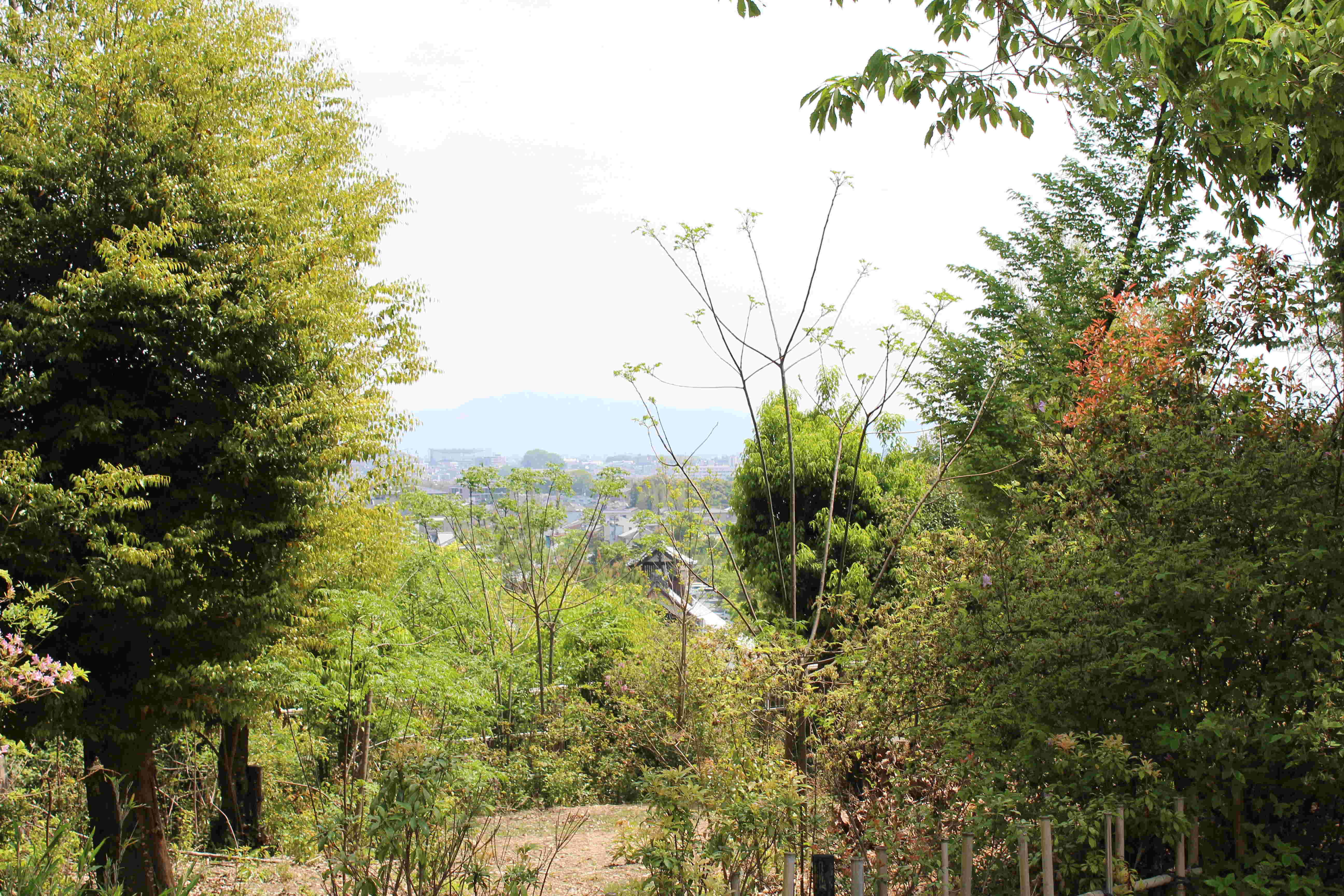
A view near the foot of Mt. Arashiyama

Elliott after a pleasant lunch
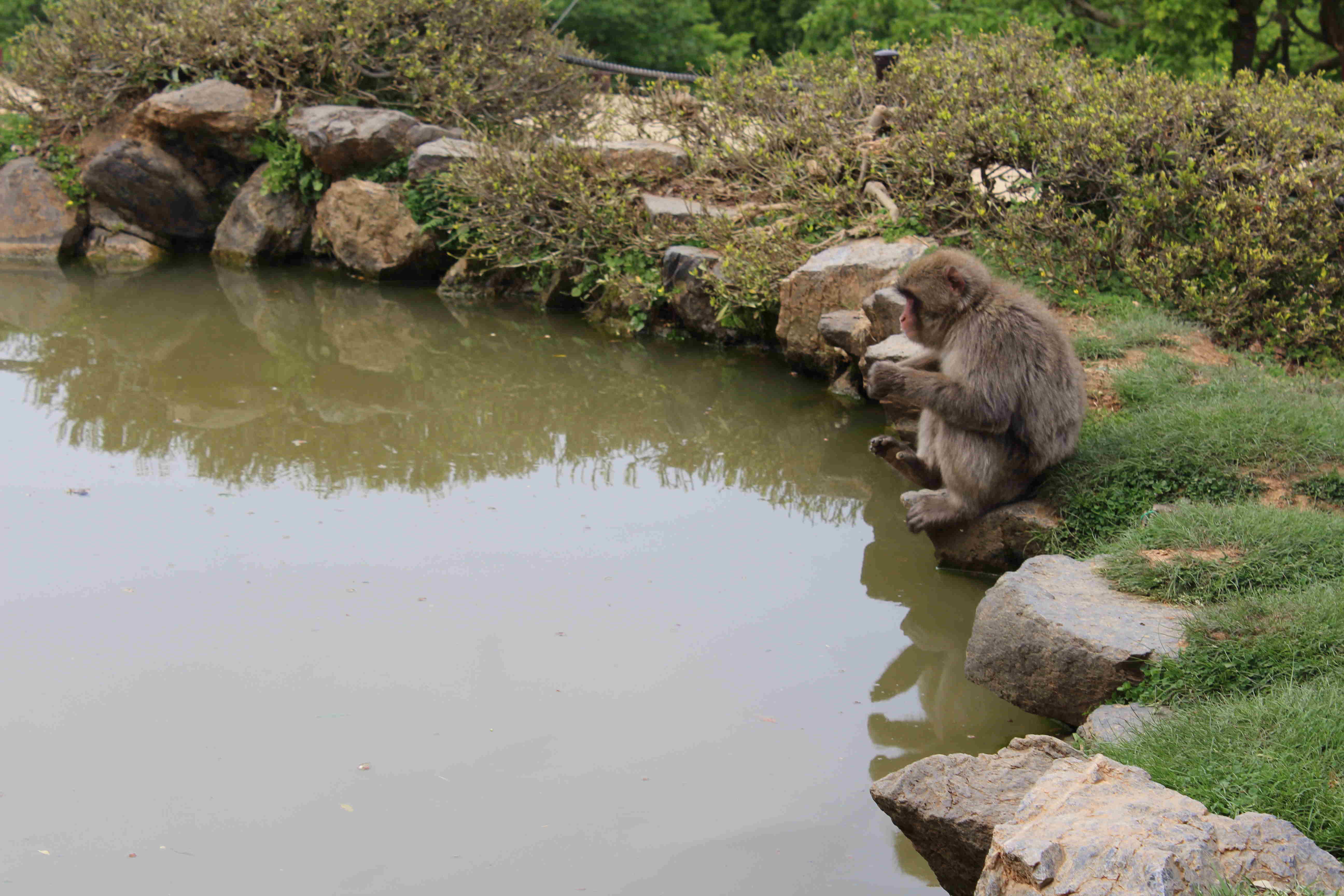
A Japanese Macaque deep in thought
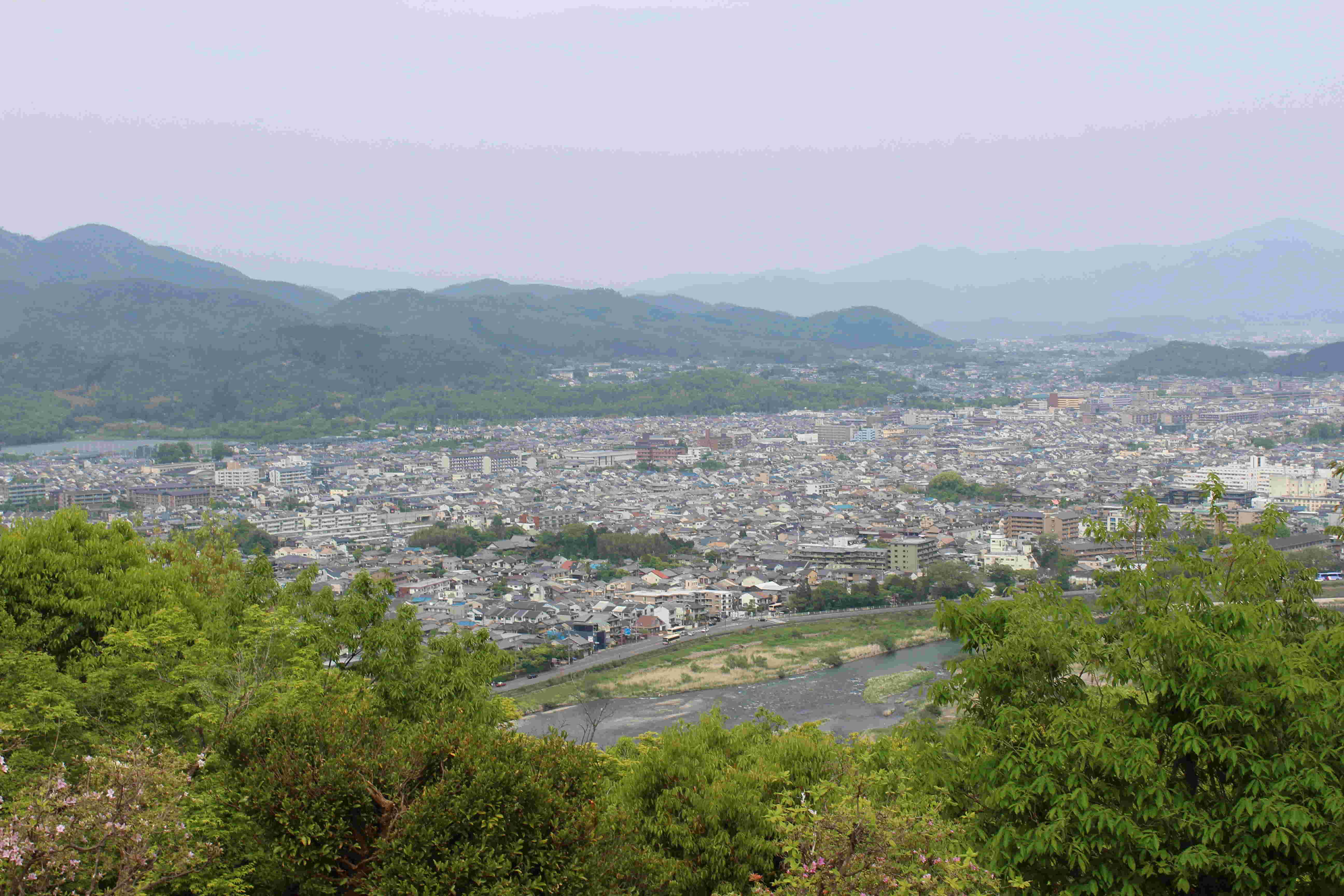
Part of the view overlooking Kyoto from Mt. Arashiyama
Nishiki Market
Our next day featured a visit to Nishiki Market. Not much for me to say about it other than we went, and it was a market.
Inari Shrine
On our last full day in Kyoto we visited the Shrine at Fushimi dedicated to the Kami Inari. We also visited Nijo Castle, but I will describe that in the next section.
Although the shrine is constantly crammed with tourists, there are still religious services devoted to Inari going on, and today was no exception. In one of the halls there were priests (or monks?) attending to a ceremony while people outside (myself included) gawked at them as if they were zoo animals.
Along with a main complex of buildings, the shrine contains an extensive area of woodlands, through which is a path adorned with hundreds of attractive orange gates called Torii. These gates are placed so close to one another that it creates the effect of a semi enclosed space around the path. Overall, the impression is that the shrine incorporates the look of its surroundings, so that it is really more of an adornment to what already is there. An appropriate aesthetic for a religion which can loosely be described as animistic nature-worship.
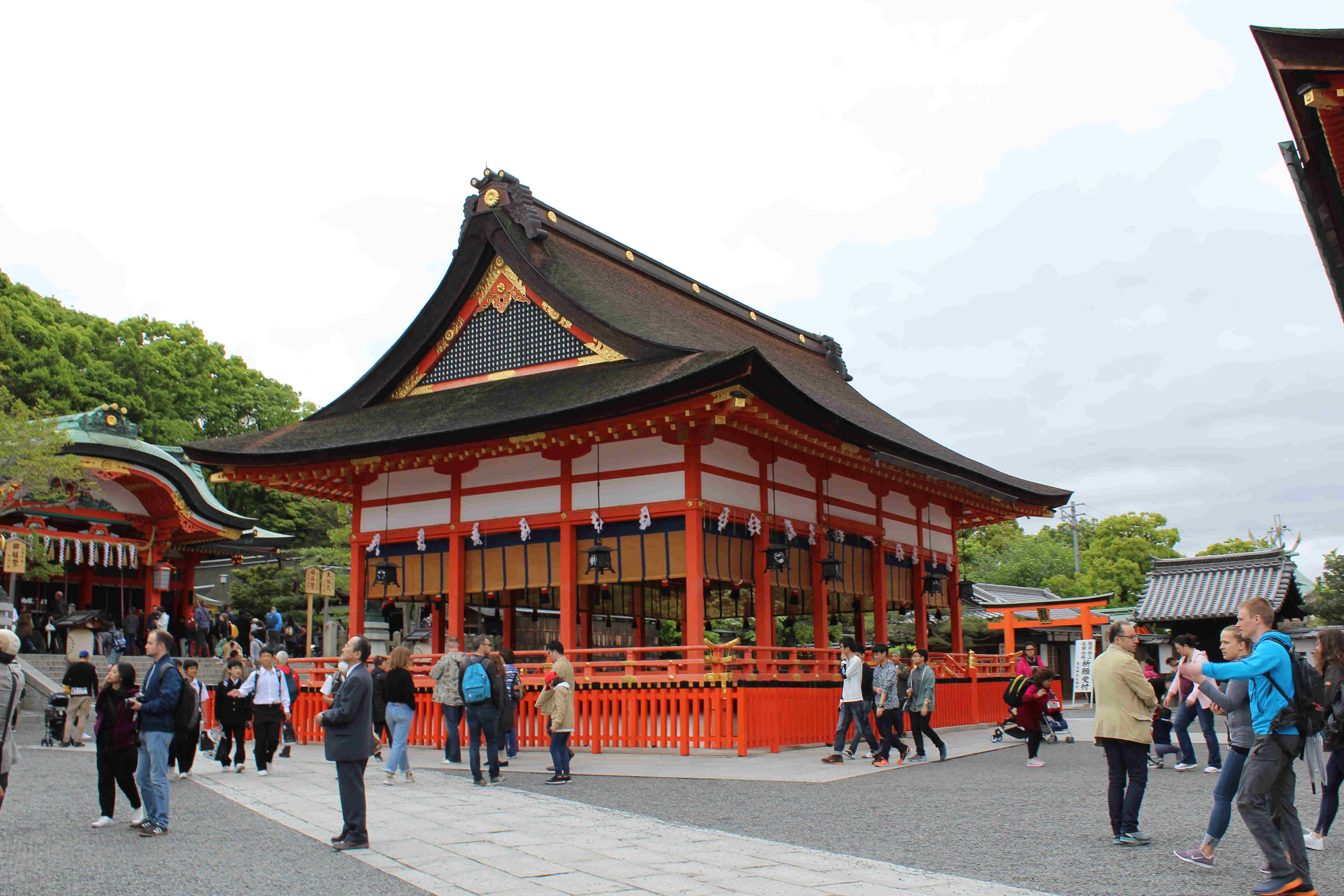
The main hall of the shrine
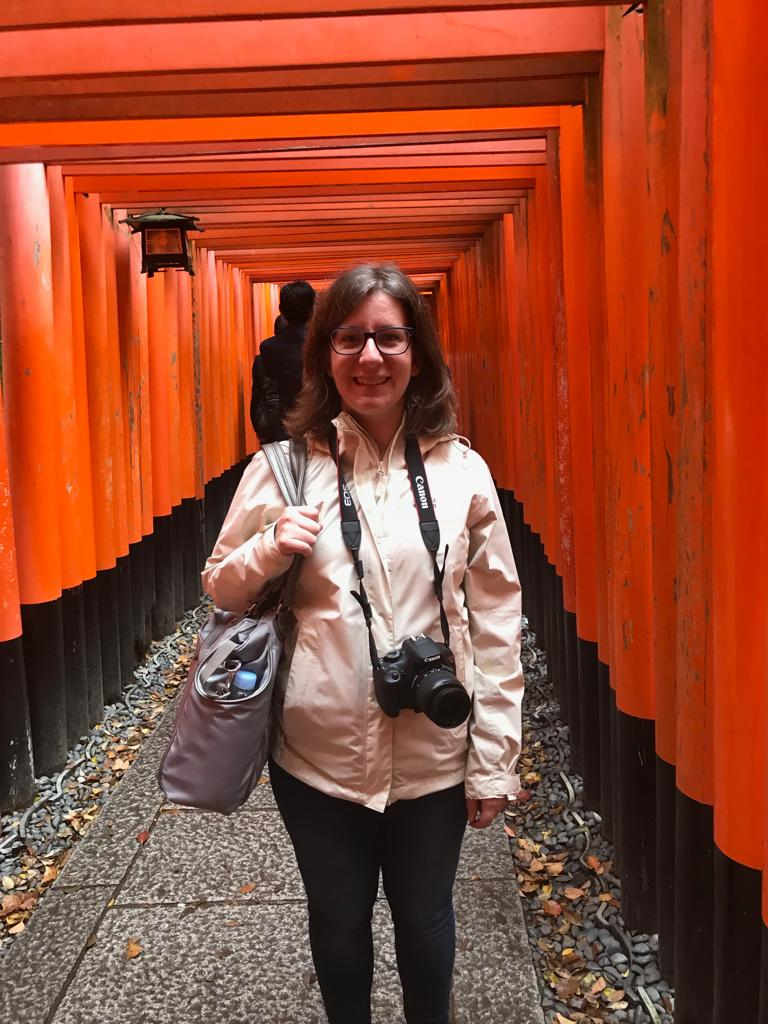
The lovely Dr. Nahm in the tunnel of the Torii
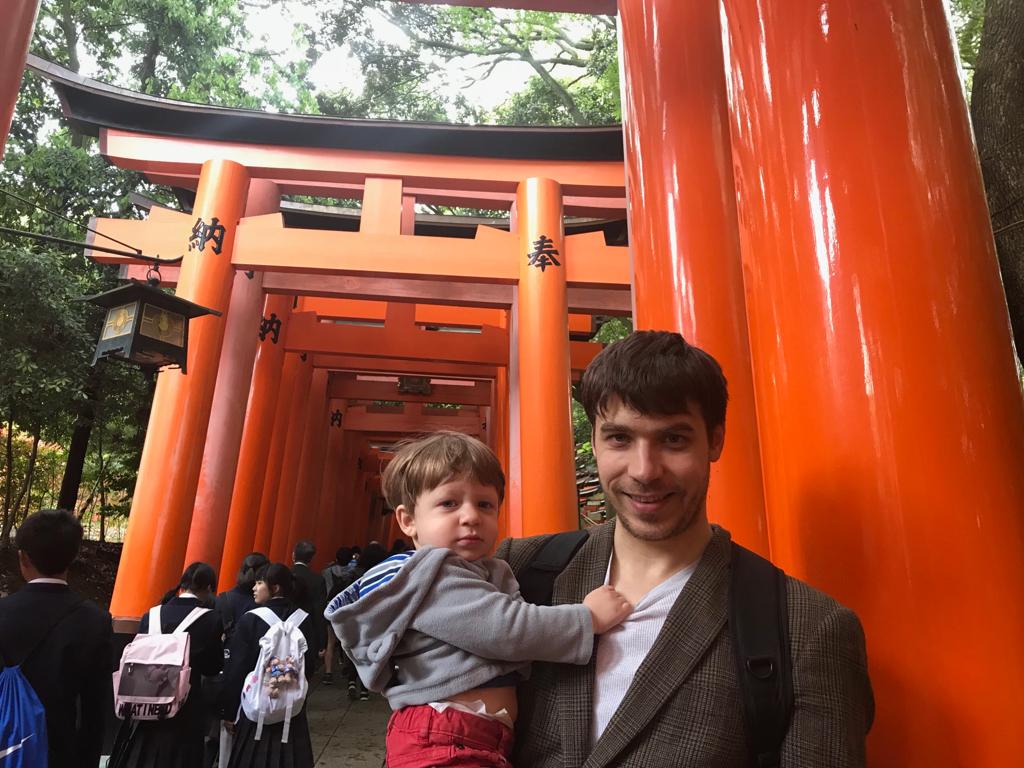
Me and Elliott at the Inari Shrine
Nijo Castle
Our last major site which we visited was Nijo Castle, or just simply Nijojo (the suffix -jo means castle, I think). This was a castle built right after the Tokugawa shogunate solidified its grasp of Japan, ending a rather long period of civil strife known as the warring states period. The castle certainly looks like a formidable fortification, which is not surprising given the historical context of the time it was built. Inside Nijojo is a great example of the Japanese mastery of the artistry of landscaping. The only bummer about this excursion was that the inner palace closed just at the time we arrived. We were fairly well consoled by the gardens nonetheless. The curious reader can no doubt get a good idea about the palace interior through a quick search.
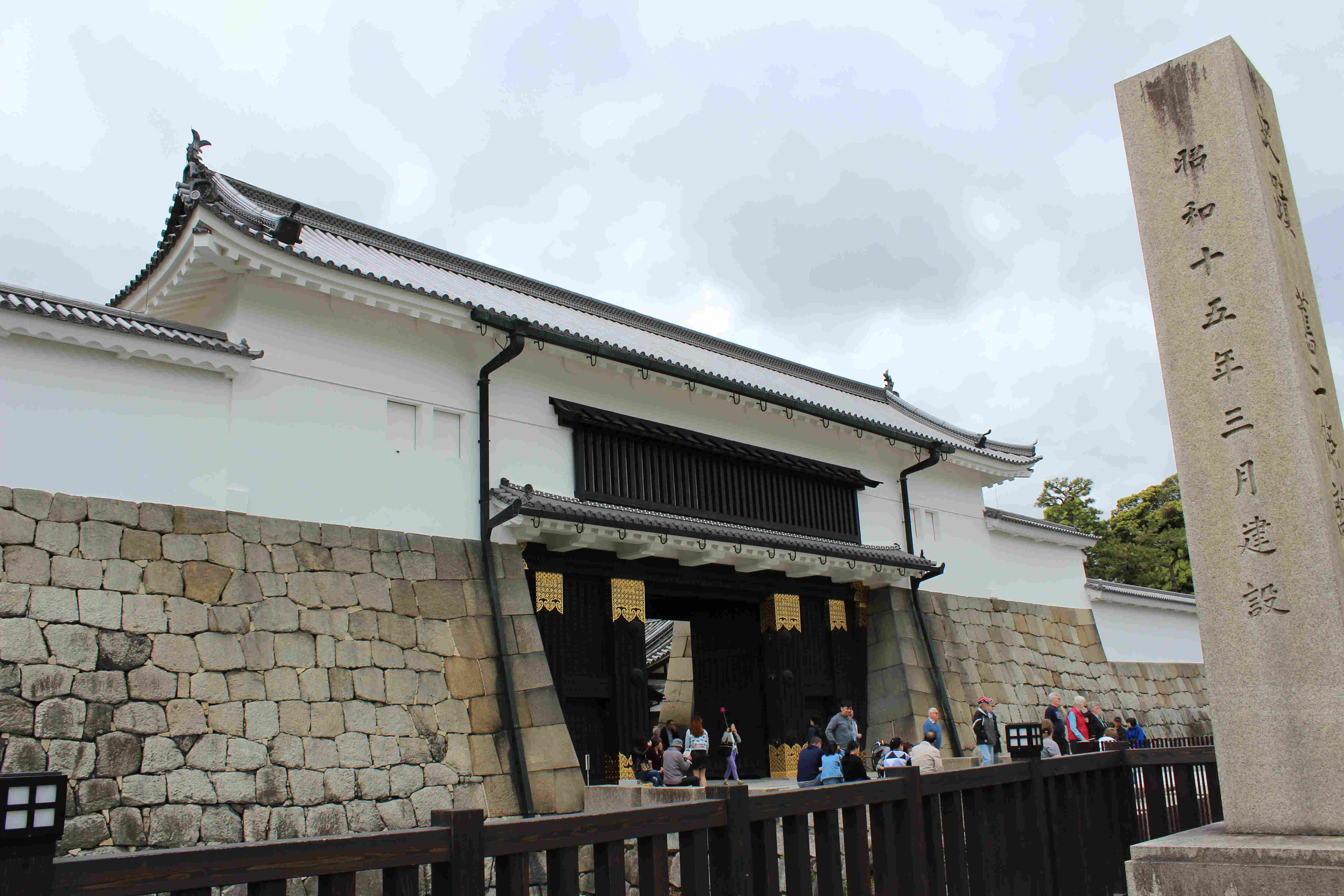
The south gate of Nijojo
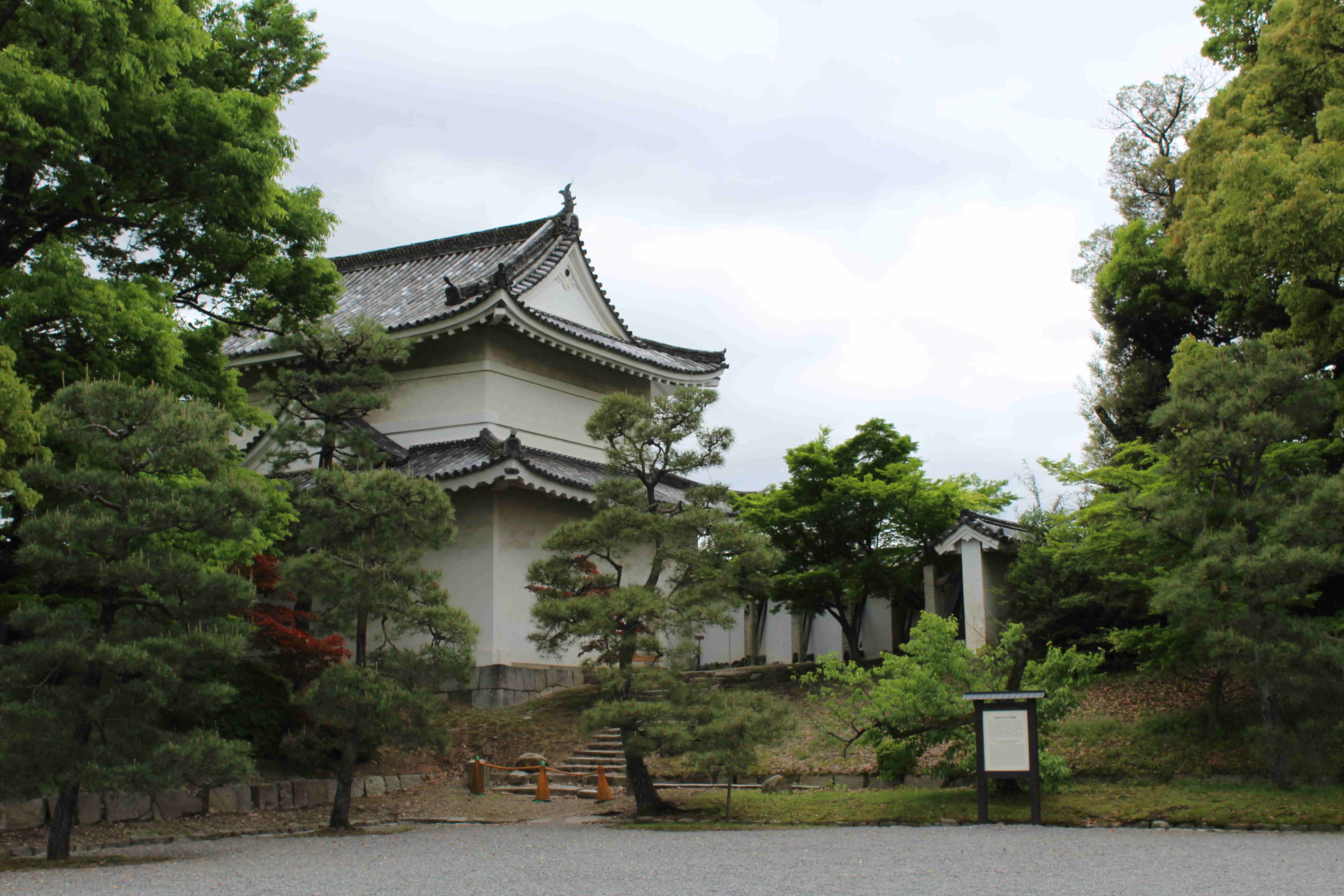
The Castle wall seen from the inside
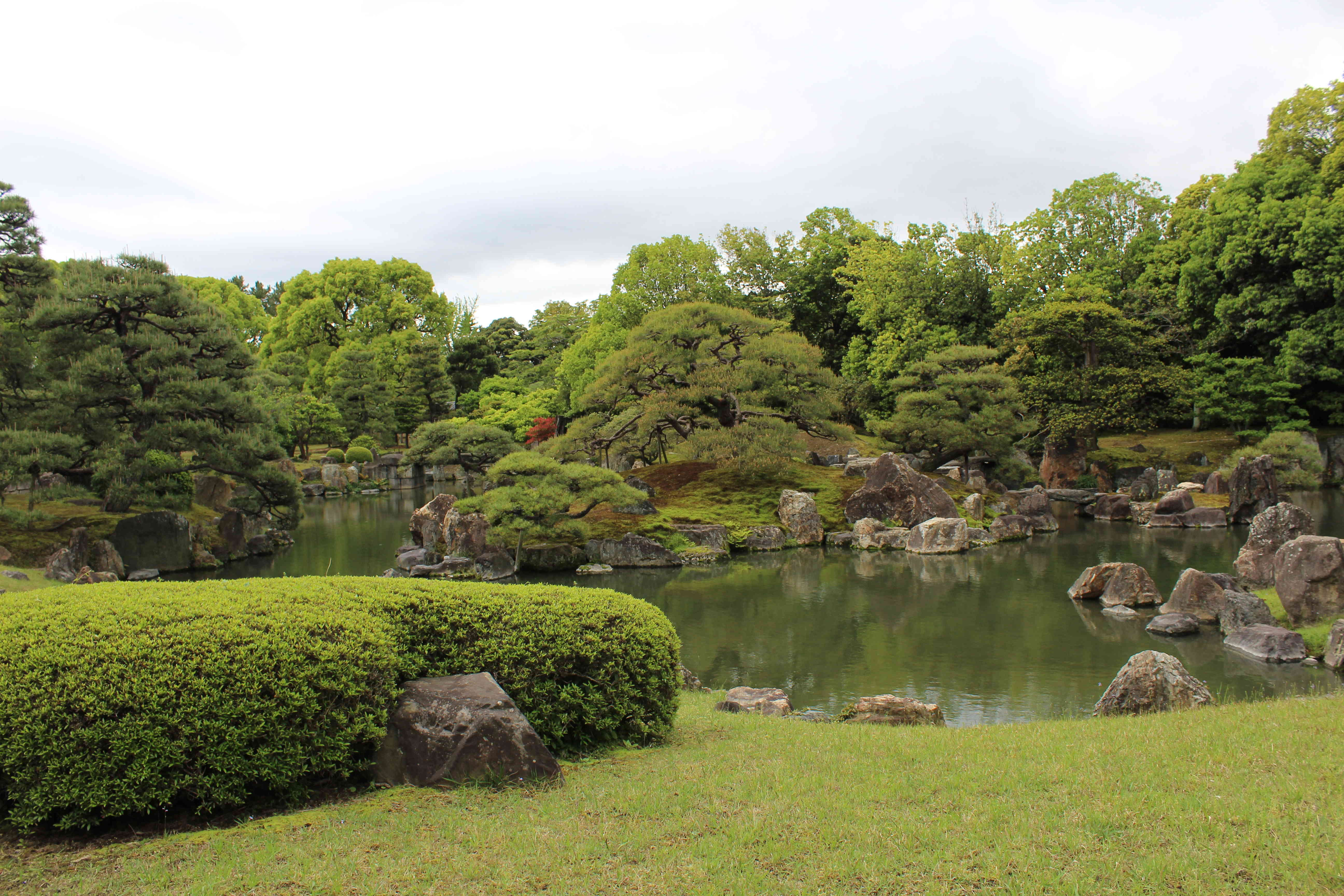
Perhaps the prettiest garden I have seen.
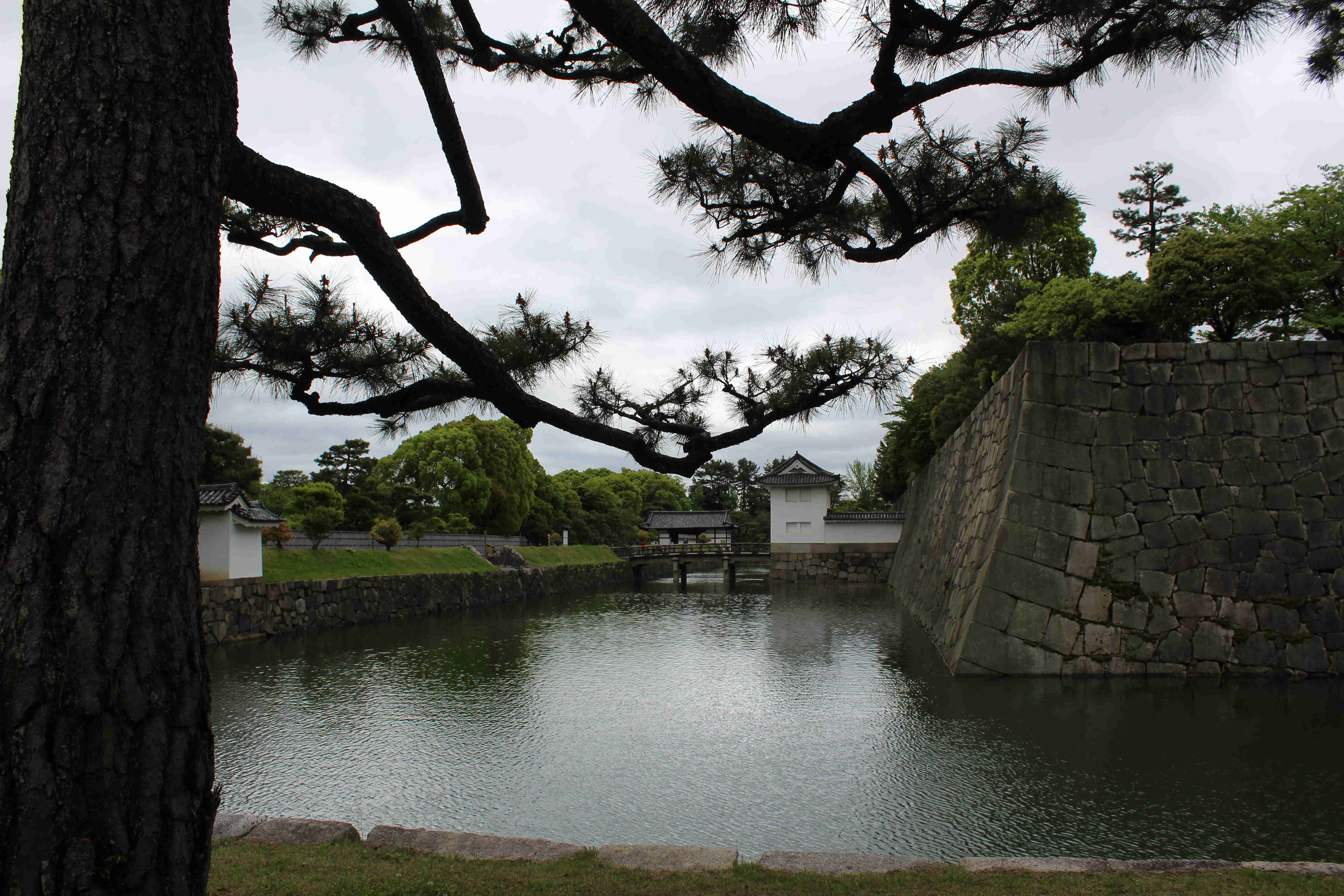
The inner keep, with an impressive moat (the outer wall is similarly constructed)
The day after we visited Nijojo, we flew to Tokyo, where we stayed for a full day before our final return home. By this time we were quite exhausted, but we managed to see the imperial palace, which will be the subject of the next post.